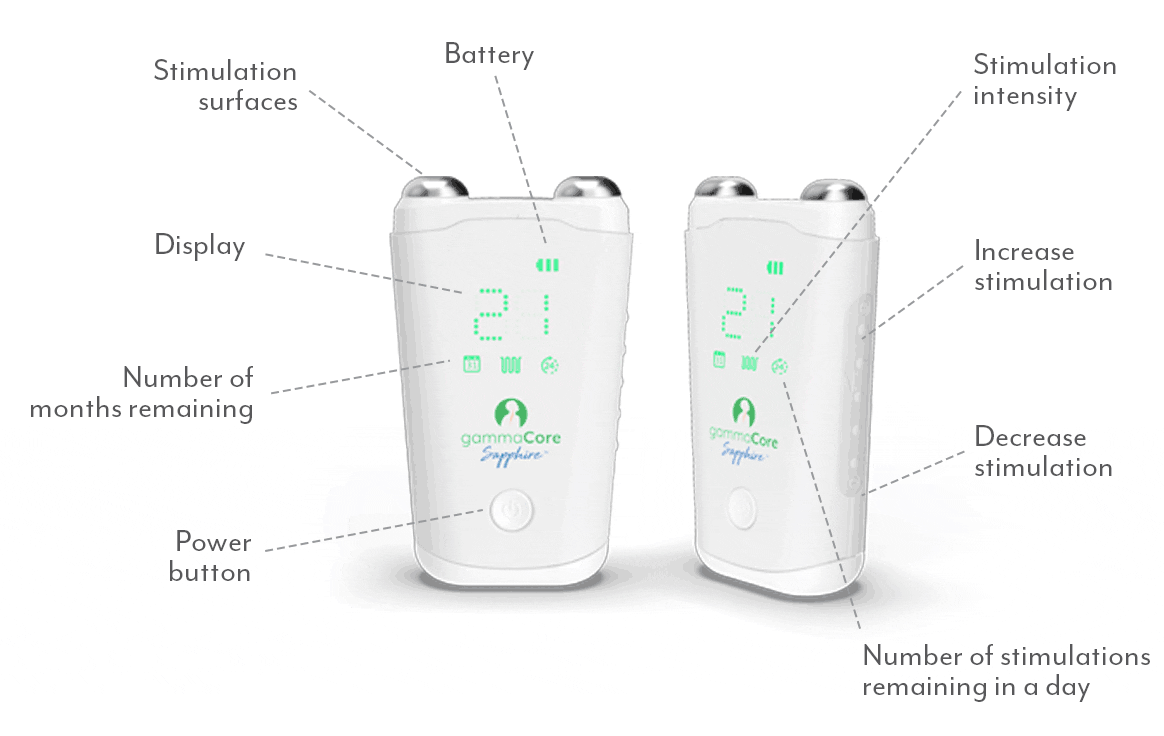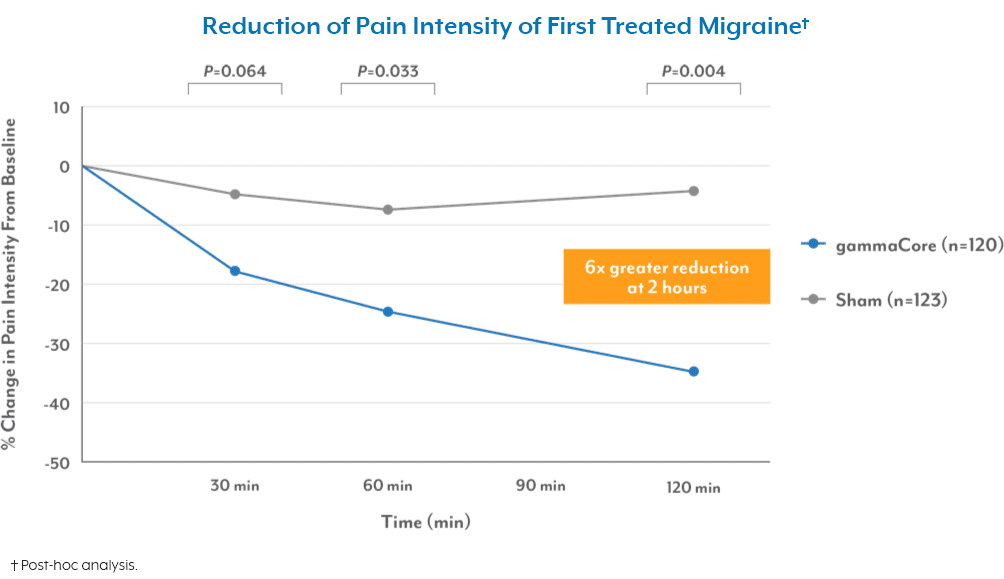
If you’ve ever experienced a cluster headache, otherwise known as a suicide headache, you know it’s no joke. You may have also noticed that certain things can set them off. These triggers can be like hidden dangers ready to strike when you least expect them. While cluster headaches are complex and somewhat predictable, having a clear cluster headache triggers list can help you manage and prevent attacks more effectively.
7 Common Cluster Headache Triggers
1. Alcohol
Beer is the most common, but all types of alcohol, including wine and liquor, can be triggers for cluster headache sufferers. Alcohol can also impact the severity of cluster headaches.1 If you suspect alcohol is a trigger for you, consider cutting back or avoiding it altogether, especially during your cluster headache periods.
2. Inconsistent Sleep Patterns or Schedule
Sleep plays a crucial role in managing cluster headache attacks. Both too much and too little sleep can be triggers, so maintaining a consistent sleep schedule and getting adequate rest can work wonders to minimize the risk of cluster headache. In addition, disrupted circadian rhythms during events like daylight saving or shift work can disturb various bodily functions, including the release of pain-regulating hormones and neurotransmitters, increasing vulnerability to cluster headaches.
3. Temperature Changes
Sudden changes in weather, such as a drop in barometric pressure or extreme temperature shifts, are linked to the onset of cluster headache periods.2 While we can’t control the weather, being prepared with your coping tools and strategies can help you manage the impact of weather-related triggers.
4. Smoking
Smoking is linked to triggering cluster headache attacks. Smokers also appear to have a more severe form of the condition.3 The toxins and chemicals in tobacco, like nicotine and cadmium, can contribute to the onset of attacks because of their potential impact on the brain.4 Quitting smoking can positively impact your overall health and may reduce your cluster headache frequency.
5. Bright Lights
Bright lights, including sunlight and harsh indoor lighting, can be triggering for those prone to cluster headaches. Wearing sunglasses outdoors, using soft, diffused lighting indoors, and avoiding places with extra bright lights might help reduce the risk of triggering an attack.
6. Strong Smells
Scents that many people find pleasant can be a nightmare for someone who suffers from cluster headaches. Strong smells, like perfumes and colognes, cleaning products, or even certain fruits, can trigger a cluster headache for some sufferers. If you’re prone to cluster headaches, avoid heavily scented environments whenever possible.
7. Certain Foods
Like with migraine, some foods contain ingredients that can trigger cluster headaches. Common culprits include aged cheeses, processed meats (e.g., bacon, hot dogs), and foods with added monosodium glutamate (MSG). Keeping a food diary can help you identify specific triggers in your diet.
Identifying and avoiding these triggers is the first step in preventing the onset of painful cluster headache attacks. Remember, you’re not alone in this journey—health care providers can provide abundant guidance and strategies to help you regain control over your life.
If you’re looking for a non-drug treatment option for cluster headache, talk to your physician about gammaCore™ non-invasive vagus nerve stimulator (nVNS). This portable device is available with a prescription and works to treat and prevent painful attacks when used twice a day.
To see if gammaCore nVNS is right for you, visit our clinic finder to locate a health care provider near you, or contact our dedicated Customer Experience team at 888-903-2673 or customerservice@electrocore.com.
References
1. Elbadawi, A. S., Albalawi, A. F., Alghannami, A. K., Alsuhaymi, F. S., Alruwaili, A. M., Almaleki, F. A., Almutairi, M. F., Almubaddil, K. H., & Qashqari, M. I. (2021). Cluster Headache and Associated Risk Factors: A Systemic Review and Meta-Analysis. Cureus, 13(11). https://doi.org/10.7759/cureus.19294
2. Lee, Y. J., Chen, Y. T., & Wang, S. J. (2014). Temperature variation and the incidence of cluster headache periods: A nationwide population study. Cephalalgia. https://doi.org/10.1177/0333102413520083
3. Ferrari, A., Zappaterra, M., Righi, F., Ciccarese, M., Tiraferri, I., Pini, L. A., Guerzoni, S., & Cainazzo, M. M. (2013). Impact of continuing or quitting smoking on episodic cluster headache: A pilot survey. The Journal of Headache and Pain. https://doi.org/10.1186/1129-2377-14-48
4. What to know about headaches from smoking. Medical News Today. Retrieved August 31, 2023, from https://www.medicalnewstoday.com/articles/smoking-headache



